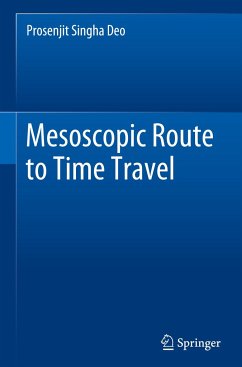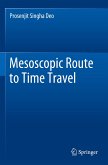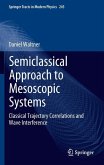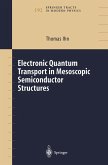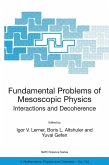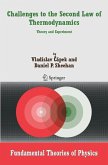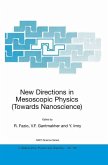This book gives a general introduction to theoretically understand thermodynamic properties and response to applied fields of mesoscopic systems that closely relate to experiments. The book clarifies many conceptual and practical problems associated with the Larmor clock and thus makes it a viable approach to study these properties. The book is written pedagogically so that a graduate or undergraduate student can follow it. This book also opens up new research areas related to the unification of classical and quantum theories and the meaning of time. It provides a scientific mechanism for time travel which is of immense fascination to science as well as society. It is known that developments in mesoscopic physics can lead to downscaling of device sizes. So, new or experienced researchers can have a quick introduction to various areas in which they might contribute in the future. This book is expected to be a valuable addition to the subject of mesoscopic physics.
Bitte wählen Sie Ihr Anliegen aus.
Rechnungen
Retourenschein anfordern
Bestellstatus
Storno

